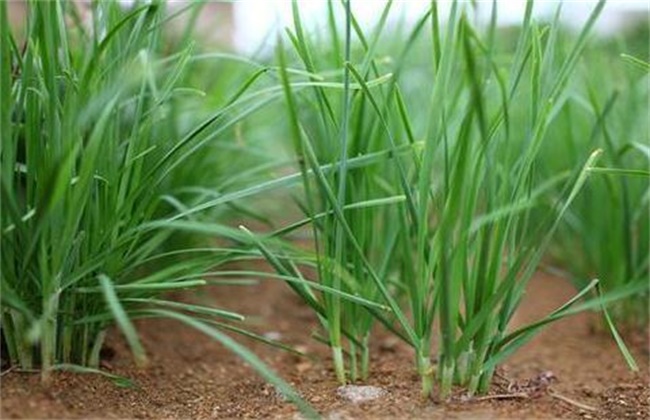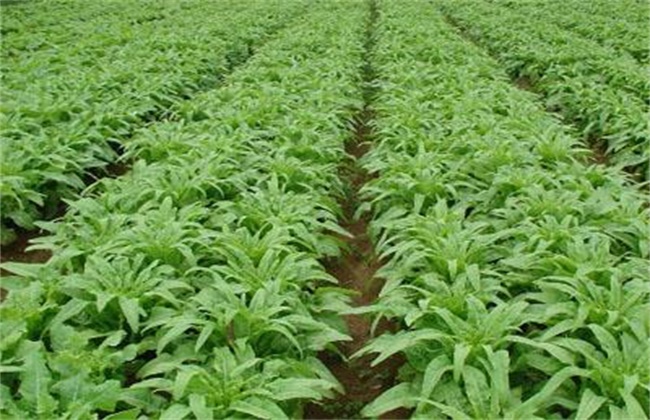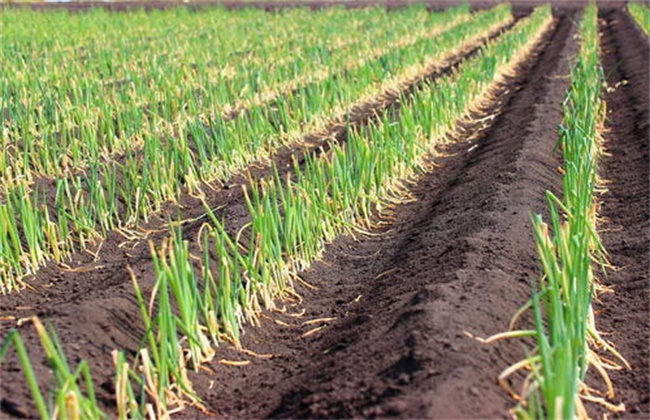How to improve the survival rate of transplanting Chinese chives
Leek is a kind of vegetable that many people like very much. Mainly as a side dish, it has a wide planting area in our country. Now the cultivation of leek is generally based on seedling transplanting. However, when transplanting leeks, many people will find that the survival rate of transplanting leeks is not very high, thus affecting the yield. So how can we improve the survival rate of transplanting Chinese chives? Today, the editor will give you a brief introduction. Let's take a look at it.

1. Temperature control
Temperature has a great influence on the survival rate of transplanting Chinese chives. The high temperature tolerance of leek is relatively poor, so when transplanting, the temperature should not be too high. When transplanting, we should first apply sufficient base fertilizer in the field, and the base fertilizer is mainly rotten farm manure. If it is not fully ripe, it may lead to fat damage to leeks. Then after applying the base fertilizer, we should also pay attention to watering thoroughly. Finally, when transplanting, we should focus on controlling the temperature, if transplanting in summer, then it is more important, we must pay attention to cooling to ensure the survival rate of transplanting leek.
2. Timely transplanting
When transplanting leek seedlings, we should first cut off the leaves of about 2max 3 on the leek seedlings. Avoid too many leaves leading to water evaporation too quickly, and then after the emergence of leek seedlings, keep the root length at about 2-3 cm. The distance between plants should be controlled at about 1 cm, and then covered with soil and watered. When covering the soil, its thickness should not be too thick, so that it can cultivate the soil normally every year and increase the yield of leek. After the leek is transplanted, it should be watered about twice. When the leek seedlings grow to about 15 centimeters or so, topdressing once, and again three weeks later, can effectively improve the survival rate of leek transplanting.
3. Quality of leek seedlings.
When transplanting leeks, we should pay attention to the quality of leek seedlings. If the growth of leek seedlings is relatively weak, then they should be transplanted in the early spring of the following year. Because when we transplant, we will not only cut off the leaves, but also trim the roots of leeks properly. After transplanting, leek still needs a lot of nutrients and time to grow new roots and leaves. If the growth itself is weak, then its growth is difficult to recover. Especially in winter, it is very easy to be frozen to death by low temperature, so we must pay more attention to it.
4. Rational watering
About three days before the leek seedlings are transplanted, watering should be done to ensure that the soil is moist. It is also to create a normal growth environment for the transplanted leek. A moist soil environment can protect the root system of Chinese chive, so that it can slow down seedlings normally in the early stage. And it is also very beneficial to the survival rate of leek after transplanting. Therefore, watering before transplanting is very important, and attention should be paid to keeping the soil fertile enough. Finally, the planting of leek in the field should not grow too many vegetables of the same family.
The above is a brief introduction of how to improve the transplanting survival rate of leek. That's all for today's introduction. This article is for reference only. I hope it can help you all.
Related
- Where is it suitable to grow horseradish in China? it is expected to see the middle altitude horseradish in Alishan.
- How to prevent tomato virus disease reasonably? (Control methods included)
- Many people like to plant towel gourd on the balcony. What are the main points of this method and management?
- What crops can chili peppers be mixed with?
- Fertilization techniques and matters needing attention in Tomato
- What are the grafting techniques for peach seedlings in spring?
- Harm and control methods of root swelling disease of Chinese cabbage
- What are the pests of sweet potatoes? How to prevent and cure it?
- Symptoms, causes and Control methods of navel Rot in Tomato
- The cause of "Cucumber rotten bibcock" in Farmers' planting Cucumber and its Control Plan



